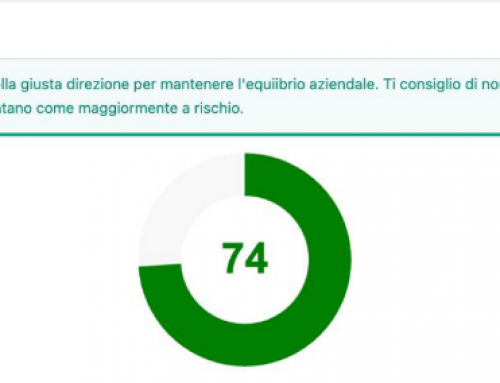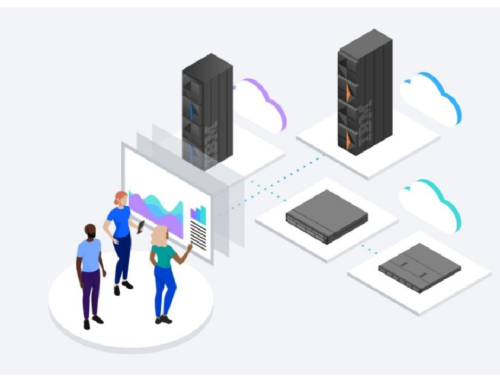In recent years, the increase in the use of digital technologies has brought about a growing awareness of cybersecurity risks. These risks include threats to privacy, data breaches, and cyberattacks. But how can we defend ourselves against these threats?
Data breaches are a significant risk. Sensitive information, such as personal data, financial information, and business secrets, can be exposed and exploited by hackers. This can lead to identity theft or extortion. The first line of defense is using strong passwords and adopting two-factor authentication practices.
Attacks on critical infrastructures, such as energy grids or healthcare systems, pose another threat. Protecting these infrastructures is essential for public safety. Implementing firewalls and continuously updating software can help mitigate these risks.
Cybercrime is a third risk not to be underestimated. This includes online fraud, scams, and targeted cyberattacks. To protect against these threats, it’s crucial to be informed and aware, avoiding clicking on suspicious links or attachments in emails or on insecure websites.
Cybersecurity training is an important defense initiative. It includes educating individuals on how to recognize threats and best security practices, such as password management and secure data usage.
In conclusion, cybersecurity risks are ever-present in the digital age, but there are many measures that can be taken to defend against them. Awareness, education, and the implementation of robust security measures are essential to protect both personal data and critical infrastructures. By keeping your systems up to date and following cybersecurity guidelines, you can significantly reduce the risk of suffering harmful attacks.






